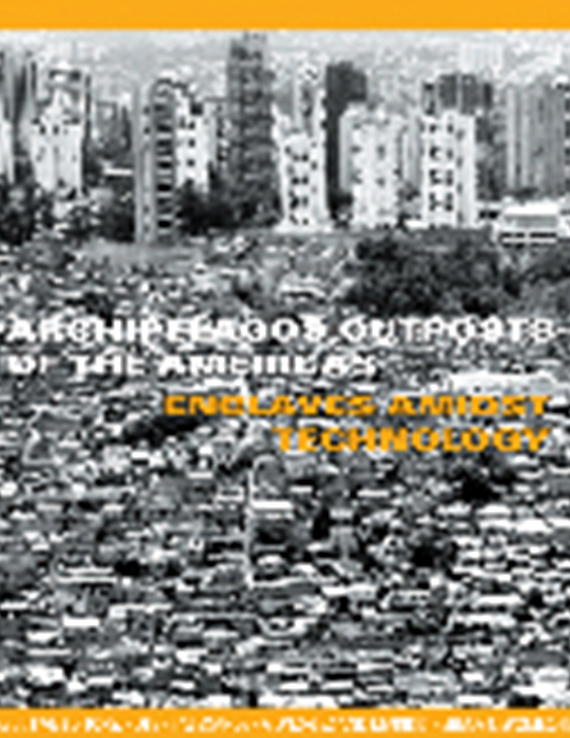Author(s): Jerome A. Thaman
In a post-industrial contemporary American culture increasingly defined by commodification and the information age, there exists a growing disconnection between American architects and society. This disconnection is rooted in architecture’s pedagogy and the profession’s loss of a meaningful ethical code or moral voice to the postmodern movement and the abstract moral void of deconstrutivism. Additionally, architects’ irrelevance in the general public’s eyes (who increasingly turn to engineers, developers, contractors, construction managers, and other allied professions for design and construction services) is exacerbated by architects’ willingness to accept the onerous and elitist cultural distinction of recalcitrant (and therefore avoided) artists. Indeed, architects should rather be striving to prove the practical and cultural value of good design that professionally trained architects provide. In order to counteract this spiraling moral and cultural detachment from meaningful social participation, architects must reintroduce themselves to the public by adapting more cooperative, inter-disciplinary, and participatory design processes that enfranchise the total population, not just the cultural elites architects have traditionally worked for. This can only be accomplished by reorganizing the education and training of future architects. Architectural pedagogy must reevaluate its strengths and weaknesses and look to other successful disciplines, particularly historic preservation, for a new pedagogy of inclusivity, team-building, and moral and cultural relevance.One of the most effective ways this can be accomplished is through examination of successful non-architectural pedagogical models and the creation of a new kind of university-based Community Design Center (CDC) that strives to improve the local built environment through cross-disciplinary student involvement in public and private design as well as public outreach and critical analysis.
Volume Editors
Marilys R. Nepomechie & Robert Gonzalez
ISBN
0-935502-54-8

 Study Architecture
Study Architecture  ProPEL
ProPEL 
